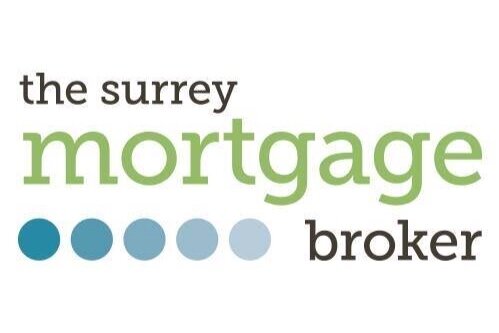Planning on extending your home or have aspirations to reconfigure your current property? While the prospect is exciting, you may be wondering if you can afford it and what financing routes might be open to you to fund the project.
If you don’t have the funds readily available, the main ways to finance your home improvements will be to secure a home improvement loan or to remortgage. Each have their benefits, and drawbacks, and what suits one project, might not suit the next. In this article, we discuss each financing method to help you understand which route you should take.
Home improvement loan vs remortgage: Which is right for me?
Remortgaging
One way to finance your home improvement project is to remortgage. That means releasing equity from your property to remodel or extend your home. However, that does means you’ll need significant equity in your property to raise the funds required to carry out the project.
For example, if your property has a value of £300,000 and you have an outstanding mortgage of £250,000, you have £50,000 of equity in the property that can be released (although it’s unlikely you’ll be able to release it all).
Usually when you remortgage, your lender will pick up some of the fees, such as the valuation fee and legal fees, so if you think you have enough equity in your home to remortgage, then it can be a really cost effective way of funding your project.
Things to consider when remortgaging
You will need to inform your lender that you are making alternations to your property and make sure you inform your buildings insurance provider too
You’ll still be subject to the checks required when securing an ordinary mortgage. Your lender will need to make sure that your income is sufficient and that you can keep making the repayments until the end of the contract
Your may have to pay redemption charges to your original lender
By remortgaging, you’ll be increasing the amount of borrowing secured against your home and therefore your monthly repayments might increase
Home improvement loan
If remortgaging isn’t suitable, then you could finance your home improvements with a home improvement loan.
A home improvement loan works just like any other type of loan. You’ll need to pass a credit check and the lender will assess your income before determining how much you can borrow. Then, over an agreed period (usually up to 5 years) you’ll pay the loan back via monthly direct debits.
With a home improvement loan, you can usually borrow up to £50,000 – but the better interest rates usually come attached to smaller loans of between £5,000 and £25,000.
You can have your home improvement loan secured against your property or not, and although your risk is higher when securing it against your home, your interest rate will usually be better.
Things to consider when choosing a home improvement loan
Providers can be sneaky with their advertised representative APRs. That’s because only 51% of successful applications need to get that rate for it to be representative and the rate you are offered will be dependant on your income and credit rating
The best home improvement loan interest rates are usually reserved for borrowers making payments over three to five years. So, if you are looking to pay back your loan in a shorter period than that, your interest rate might be considerably higher
If you secure the loan against your property, you do risk your home being repossessed if you can’t keep up with the repayments
Which option should you choose?
The most suitable way for you to finance your home improvements will be dependant on your circumstances. While remortgaging usually comes with cheaper monthly repayments than a home improvement loan, it does require you to have enough equity already in your property.
Alternatively, while you may get an attractive interest rate with a home improvement loan, you might not be able to borrow as much as you had hoped.
In any event, the best option would be to seek the advice of a professional who can talk you through your options and assess your personal circumstances to advise which product would best suit you. You might want to consider talking to your bank, a financial advisor or a mortgage advisor.
If you’d like to talk to a mortgage advisor about raising funds for your home improvement project – why not give The Surrey Mortgage Broker a call? You can find out more about The Surrey Mortgage Broker by visiting us here or you can contact Richard Bousfield on 01252 759233 or info@thesurreymortgagebroker.co.uk.







